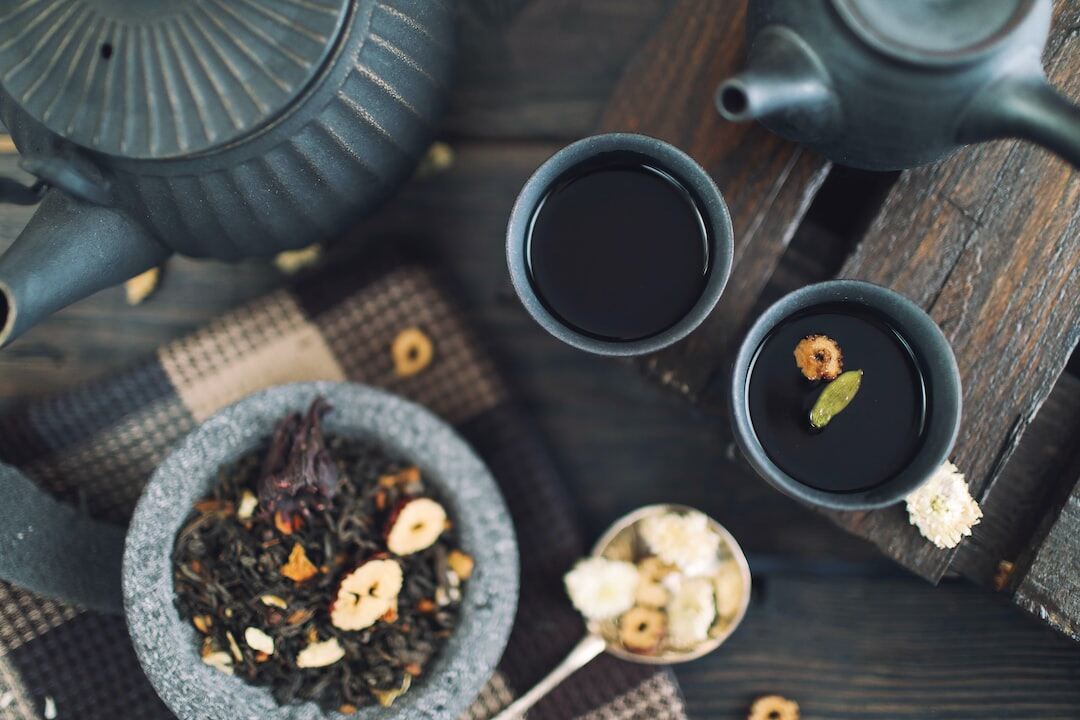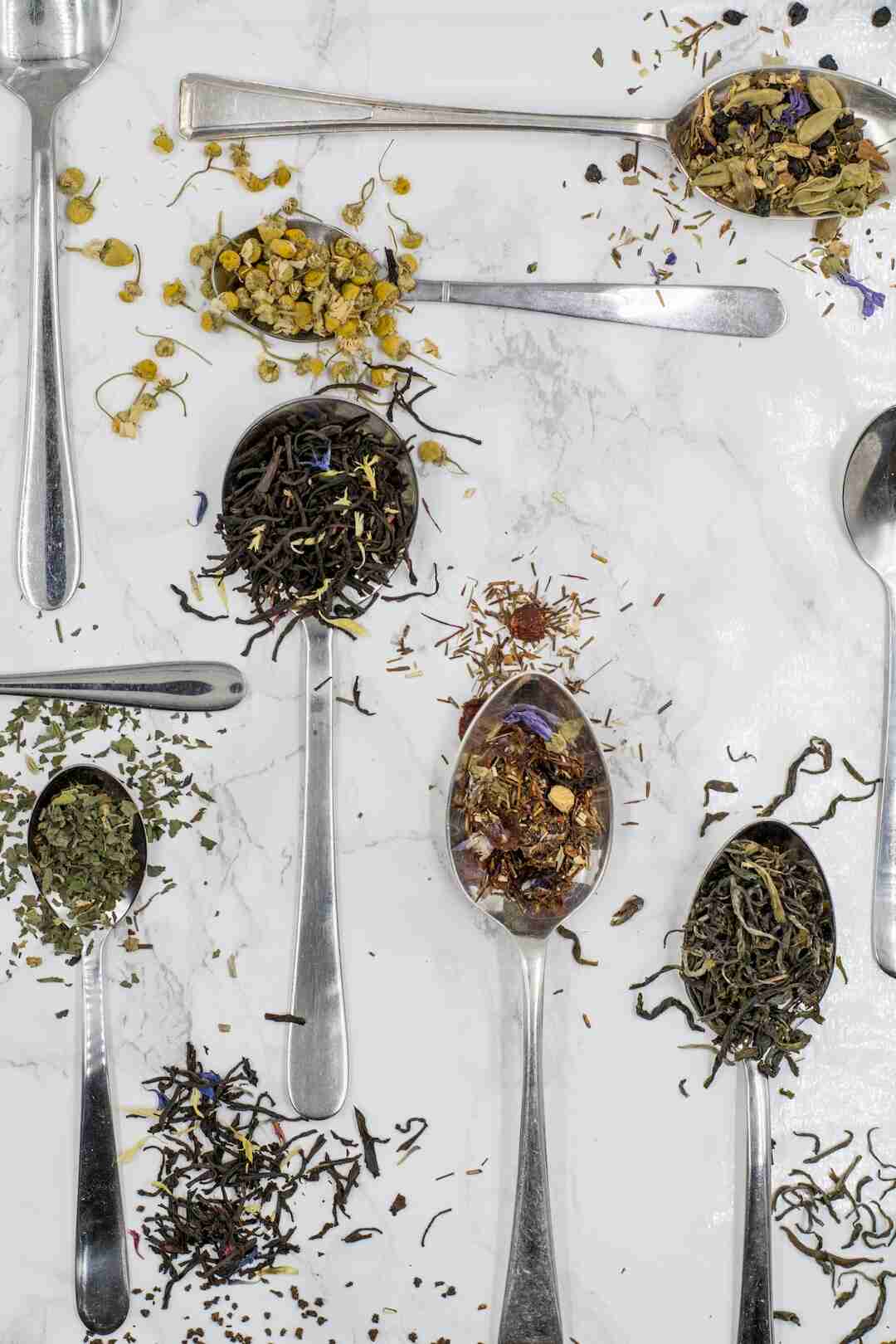Discovering the Origins of Tea: A Journey Through History
Tea is a ubiquitous beverage enjoyed by millions of people around the world. From its humble beginnings in East Asia, tea has become a global phenomenon, with countless varieties and flavors available to suit every palate. In this blog post, we will take a journey through history to explore the origins of tea and how it became the beloved drink we know today.
The Birthplace of Tea: China, Japan, and Korea
The story of tea begins in East Asia, where the Camellia Sinensis plant is native to China, Japan, and Korea. For thousands of years, these countries have cultivated the plant for its leaves, which are the source of tea. Legend has it that tea was discovered by Chinese Emperor Shen Nung in 2737 BC when a few leaves from a nearby plant fell into his pot of boiling water. This happy accident led to the discovery of tea, which quickly became an important part of Chinese culture and was used for medicinal purposes as well as for pleasure.
Tea eventually spread to other parts of Asia, including Japan and Korea, where it also became a significant part of their cultures. In Japan, tea ceremonies became a way to express gratitude and respect, while in Korea, tea was used as a symbol of hospitality and friendship.
The Tea Trade: Europe and Britain
In the 16th century, Portuguese traders introduced tea to Europe, where it quickly gained popularity among the wealthy. However, it was the British who truly embraced tea, making it a staple in their society by the 18th century. British traders began importing large quantities of tea from China and India, where it was grown in British colonies. The British were determined to break China’s monopoly on the tea trade by growing their own tea, and this led to the establishment of tea plantations in India and Sri Lanka.
Tea Today: Around the World
Today, Camellia Sinensis is grown in many parts of the world, including Africa, South America, and even the United States. Tea remains an important part of many cultures, and its popularity continues to grow. With countless varieties and flavors available, there is a tea for everyone, whether you prefer a classic cup of black tea or a trendy matcha latte.
Conclusion
The history of tea is a fascinating journey that spans thousands of years and multiple continents. From its humble beginnings in East Asia to its status as a global phenomenon, tea has become a beloved beverage enjoyed by millions of people around the world. Whether you’re a tea connoisseur or a casual drinker, there’s no denying the rich history and cultural significance of this beloved drink.
Discovering the World of Camellia Sinensis: A Guide to Different Types of Tea
Tea is one of the most popular beverages in the world, and it all starts with a humble shrub known as Camellia sinensis. This evergreen plant is native to East Asia and is responsible for producing the leaves that are used to make various types of tea. In this article, we’ll explore the different types of Camellia sinensis and the unique characteristics that make each one special.
Chinese Green Tea
Chinese green tea is made from the leaves of Camellia sinensis grown in China. This type of tea is known for its light and refreshing taste and is a popular choice for those who prefer a milder flavor. Some examples of Chinese green tea include Dragonwell, Bi Luo Chun, and Huangshan Maofeng. Each of these teas has a unique flavor profile, with Dragonwell being nutty and sweet, Bi Luo Chun being delicate and floral, and Huangshan Maofeng being fresh and vegetal.
Chinese Black Tea
Also known as red tea in China, Chinese black tea is made from fully oxidized leaves of Camellia sinensis grown in various regions of China. This type of tea has a bold and robust flavor, making it a favorite among those who prefer a stronger taste. Some examples of Chinese black tea include Keemun, Lapsang Souchong, and Yunnan. Keemun is known for its fruity and floral notes, while Lapsang Souchong has a distinct smoky flavor. Yunnan, on the other hand, has a mellow and earthy taste.
Taiwanese Oolong Tea
Taiwanese oolong tea is made from partially oxidized leaves of Camellia sinensis grown in Taiwan. This type of tea is known for its complex and floral taste and is a favorite among tea connoisseurs. Some examples of Taiwanese oolong tea include Dong Ding, Tie Guan Yin, and Alishan. Dong Ding has a rich and sweet flavor, while Tie Guan Yin is floral and aromatic. Alishan, on the other hand, has a creamy and buttery taste.
Indian Tea
Indian tea is made from the leaves of Camellia sinensis grown in various regions of India, such as Assam, Darjeeling, and Nilgiri. This type of tea has a strong and bold flavor, making it a popular choice for those who prefer a robust taste. Some examples of Indian tea include Darjeeling first flush, Assam second flush, and Nilgiri frost. Darjeeling first flush is known for its floral and fruity notes, while Assam second flush has a malty and full-bodied taste. Nilgiri frost, on the other hand, has a light and delicate flavor.
Conclusion
Each type of Camellia sinensis has its own unique flavor profile, aroma, and appearance, which are influenced by factors such as the soil, climate, elevation, and processing method used to produce tea from its leaves. Whether you prefer a light and refreshing taste or a bold and robust flavor, there’s a Camellia sinensis tea out there for you. So go ahead, explore the world of tea and discover your new favorite brew!
Starting a Profitable Camellia Sinensis Nursery: Tips and Tricks
If you’re a tea enthusiast and looking to start a profitable business, starting a Camellia Sinensis nursery can be a great idea. This plant is the source of all tea varieties and is in high demand in the tea industry. In this blog post, we’ll walk you through the steps to start a successful Camellia Sinensis nursery.

Step 1: Research and Learn
The first step to starting a Camellia Sinensis nursery is to learn about the plant’s growth requirements. These requirements include soil type, climate, and water needs. It’s essential to choose a suitable location for the nursery that meets these requirements.
Tips:
- Research and learn about the plant’s growth requirements
- Choose a suitable location for the nursery
Step 2: Acquire Healthy Plants or Seeds
Once you have researched and chosen a suitable location for your nursery, the next step is to acquire Camellia Sinensis plants or seeds from a reputable supplier. It’s important to choose healthy and disease-free plants to ensure the success of your nursery.
Tips:
- Acquire Camellia Sinensis plants or seeds from a reputable supplier
- Choose healthy and disease-free plants
Step 3: Provide Proper Care and Maintenance
After acquiring healthy plants, it is crucial to provide them with proper care and maintenance. This includes regular watering, fertilization, and pest control. It’s also important to have a greenhouse or shaded area to protect the plants from extreme weather conditions and pests.
Tips:
- Provide regular watering, fertilization, and pest control
- Have a greenhouse or shaded area to protect the plants
Step 4: Have a Marketing Plan in Place
To sell the Camellia Sinensis plants or tea products, it’s important to have a marketing plan in place. This can include selling to local tea shops, restaurants, and online sales. Networking with other tea producers and attending industry events can also help in growing the business and learning about new trends in the industry.
Tips:
- Have a marketing plan in place
- Sell to local tea shops, restaurants, and online sales
- Network with other tea producers and attend industry events
Conclusion
Starting a Camellia Sinensis nursery can be a profitable business idea for those interested in tea production and the plant industry. By following the above steps, you can start a successful Camellia Sinensis nursery and become a part of the booming tea industry.
Why You Should Consider Growing Your Own Tea
Are you a tea lover who is always on the lookout for the freshest and most unique blends? Have you ever considered growing your own tea plants? Not only can this be a fun and educational experience, but it can also have a positive impact on the environment and your local community.
Experience the Freshest Ingredients
When you grow your own camellia sinensis plants, you have the ability to harvest and brew tea with the freshest ingredients possible. This can make a significant difference in the taste and aroma of your tea.
Experiment with Different Varieties and Blends
Another benefit of growing your own tea is the ability to experiment with different varieties and blends. This can be a fun and educational experience for tea enthusiasts who are interested in learning more about the various flavors and aromas of different teas.
Low-Maintenance and Versatile Plant
Camellia sinensis is a relatively low-maintenance plant that can be grown in a variety of climates. This means that even if you don’t have a large garden or live in a warm climate, you can still grow your own tea leaves.
Promote Sustainability
Growing your own tea can also be a sustainable practice. By cultivating your own plants, you are reducing your reliance on store-bought tea, which often requires long transportation distances and packaging materials. Additionally, purchasing tea plants from a local nursery supports a small business and promotes sustainable agriculture practices in your community.
A Satisfying and Rewarding Hobby
Finally, growing your own tea can be a source of pride and accomplishment. Watching your plants grow and harvesting your own tea leaves can be a satisfying and rewarding hobby.
Conclusion
Growing your own tea can be a fun, educational, and sustainable hobby that allows you to experience the freshest ingredients and experiment with different blends. Additionally, supporting local agriculture and reducing your carbon footprint are positive environmental impacts that come with growing your own tea plants. So why not give it a try and start your own tea garden today?


Leave a Reply